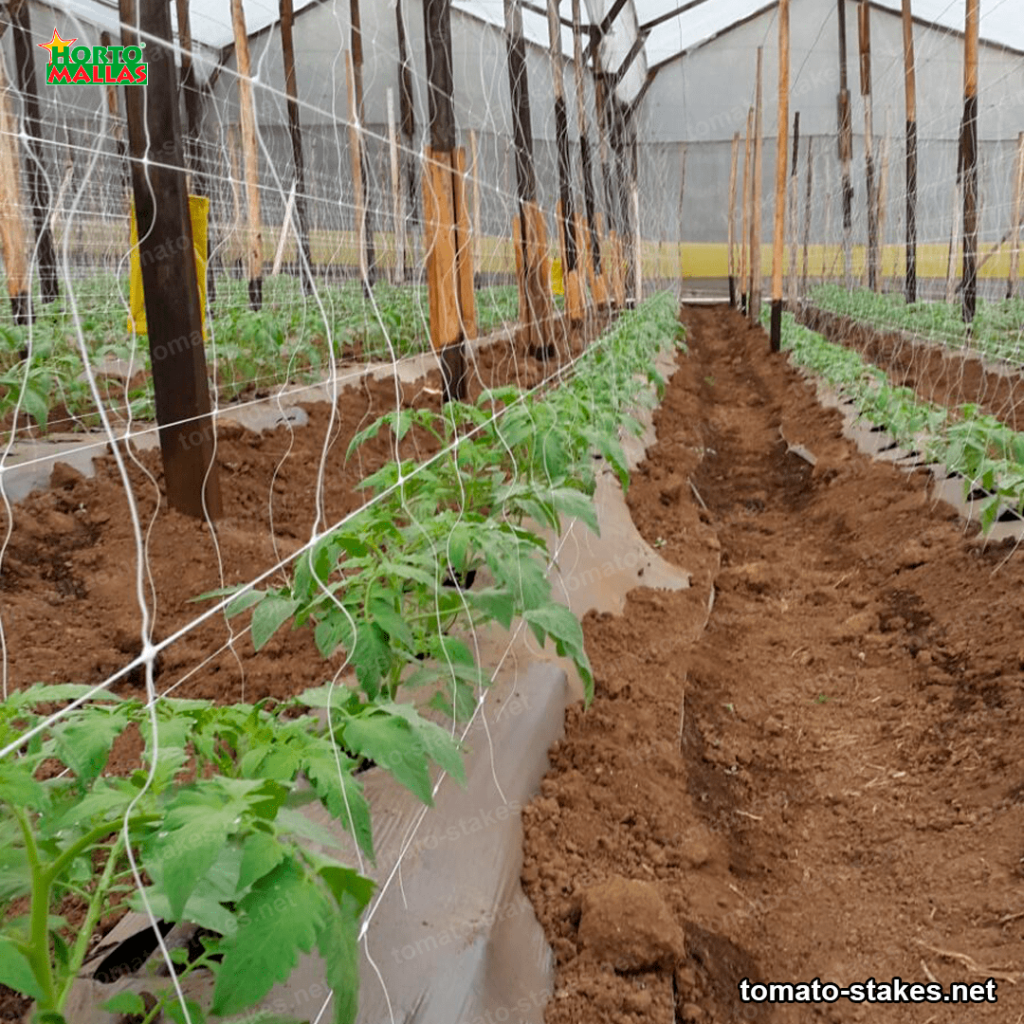Stakes provide support for plants that would otherwise tend to fall over due to lack of support. Often called tomato staking, it offers the grower the opportunity to provide the plant with adequate support that allows it to stand upright and not be affected by wind or rain. By providing adequate support for the plant, tomato trellising allows growers to increase fruit production without sacrificing quality. This means more tomatoes have the opportunity to be produced without sacrificing quality. While there are other ways to provide support for tomato plants, none of them offer the efficiency and support provided by tomato staking. The primary objective of using stakes to stake tomatoes is to prevent plant drop. This is especially important for greenhouse production, where windthrow can be present even with maximum support for each plant.
Tomato staking stakes provide the plant with adequate support to allow it to stand upright and not be affected by outside elements. There are also other benefits that come from using stakes to stake tomatoes. One of the main ones is that it promotes upward plant growth, which is better for fruit production. This eliminates the ‘doubling effect’ caused by support with lower beams, which prevents the plant from producing fruit at the proper height. Tomato staking stakes also improve air circulation to encourage fruit growth. In addition, some growers choose to use stakes for machining in large fields. This allows a tractor to be used to pull the stakes, improving productivity and saving grower time. These stakes have also been used for better fertilizer application and to improve soil quality in crop fields.

Purpose of using stakes
The purpose of using stakes to stake tomatoes is to provide adequate support for the plant. This improves fruit quality and quantity, saves time and allows for better fertilizer application. These tomato staking tools are essential especially for greenhouse crops where winds can cause crop damage. Stakes can be made of wood, wire or metal. They can be used with a variety of structures, such as arches, patricia, cloth, etc. The purpose of using stakes for tomato staking is to help prevent the tomato from developing abnormally. This can improve fruit quality and weight as they are supported and protected. It functions as a form of support that helps keep the plant in a secure position and with a good root system. In addition, the use of stakes for tomato staking helps prevent fruit loss.
This is because it prevents tomatoes from breaking or becoming spongy. It also prevents the plant from bending or collapsing. This means that the fruit will have much better growing conditions. A secondary advantage of using stakes for tomato staking is that it allows for incredible wiggle room and flexibility. This allows you to optimize the design of the square and keep the plant in an optimal position for growth. The stakes are placed at the ends to give the plant adequate support. This allows for better air and light circulation between the stakes. Also considered as a remarkable benefit of tomato stakes is that they decrease the risk of disease. This is a consequence of direct sun exposure and improved air circulation. This improved air quality reduces the risk of pests, diseases and fruit loss.

Treatment given to tomato stakes for tomato staking
Tomato is definitely one of the most cultivated vegetables in the world, and it is necessary to provide a good support to the stem with a tutorship stake, so that the plant gets the best support at all times and has a well-regulated growth. The stake provides support and stability to the tomato stem, preventing it from falling and killing the flower, which would result in a reduction in the amount of fruit or seeds produced. When choosing a stake for tomato staking, it is necessary to take into account the different materials of which it is made and also the thickness of the size needed. It is always advisable to choose a thick material that does not break easily and is resistant to moisture. An ideal material for tomato stakes is galvanized iron, as it offers resistance to rust and also corrosion.
The treatment of the tomato stakes is very important to keep the stem firm and solid and to avoid injury. When preparing the stake for use, it is recommended to clean it with soap and water, although non-abrasive cleaning products can also be used, after which it should be washed with water. Once the stake has been cleaned, a protective paint should be applied to prevent corrosion. Polymer-based products are recommended for tomato stake treatments. These products protect the surface of the stake and also provide corrosion resistance. These products allow the stake to maintain its appearance and structure for a long time. We must remember that treatments for tomato stakes should be carried out several times a year, so that the elements of the stake are not damaged over time.